On A Plane ...
Line
General Form: \( A x + B y + C = 0 \) Form 1: \( y = k x + b \)
Theorem 1
\( A x + B y + C \) have the same sign \( \iff \) Points are on the same side
\( A x + B y + C \) have the different sign \( \iff \) Points are on the different side
NCEE

Theorem 2
If the range of angles is continuous
90 degree is in the range and it is not the endpoint \( \iff \) the range of slope is discontinuous
90 degree is in the range \( \iff \) there is \( \infty \) in the expression of the range of slope
NCEE
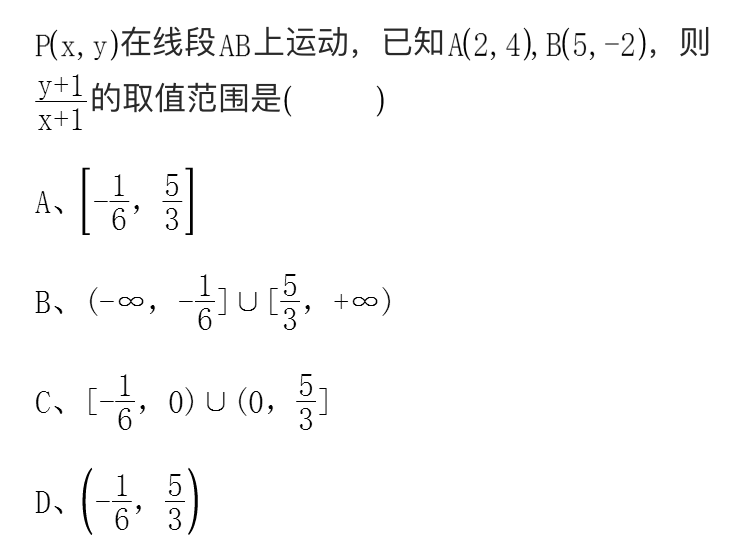
NCEE: Parallel; Vertical and Auxiliary Rounding




Parametric Equation
Procedure: reflect a point across a line
Given
Line \( Ax+By+C=0 \)
Point 0 \( P_0(x_0,y_0) \)
,
\(d_2=\frac{Ax_0+By_0+C}{A^2+B^2}\)
Point 1 \(x=x_0-2d_2A\) \(y=y_0-2d_2B\)
Circle
\((x-a)^2+(y-b)^2=r^2\)
Tangent:\((x-a)(x_0-a)+(y-b)(y_0-b)=r^2\)
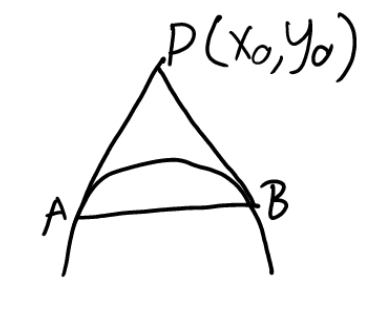
Line AB: \((x-a)(x_0-a)+(y-b)(y_0-b)=r^2\)
NCEE
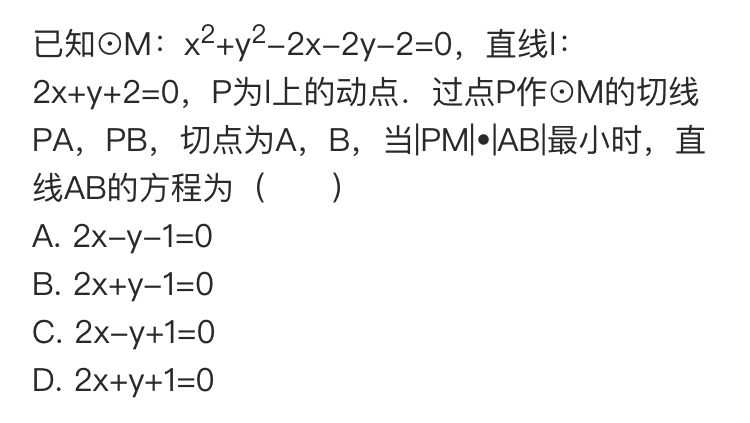
NCEE: Relations between multiple circles
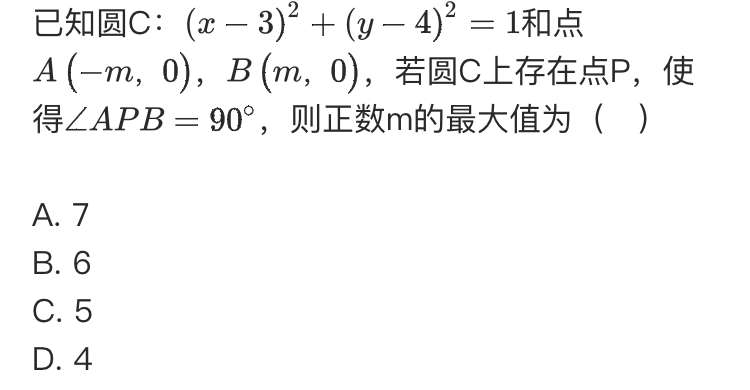

Ellipse
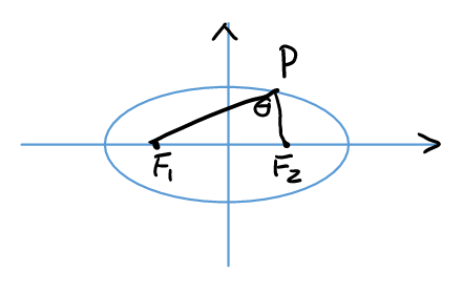
Theorem:
\( S_{\Delta F_1 P F_2} = \frac{1}{2} \left\lvert F_1F_2 \right\rvert \left\lvert y_p \right\rvert = c \left\lvert y_p \right\rvert \)
\( S_{\Delta F_1 P F_2} = b^2 tan \frac{\theta}{2} \)
Theorem 1
\(c\in[sin\frac{\theta}2,1)\)
NCEE


Theorem 2
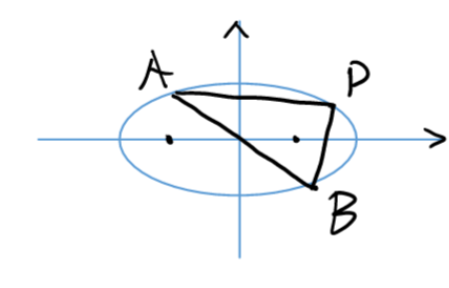
Ellipse/Hyperbola \(k_{PA}\cdot k_{PB}=e^2-1\)
Proof: \(x^2+(\frac{a}{b}y)^2=a^2\) Then regard it as a circle
(or, can alternatively be deduced from point difference method)
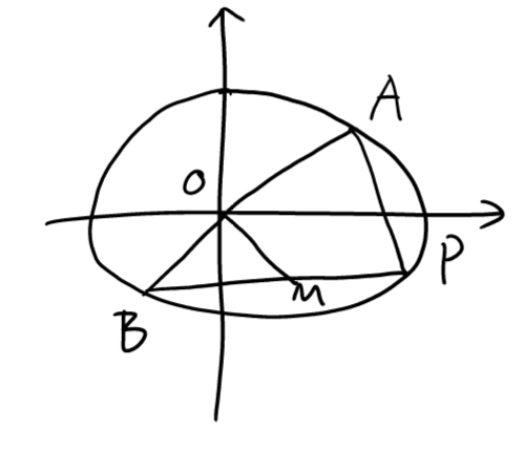
Ellipse/Hyperbola \(k_{MO}\cdot k_{BP}=e^2-1\)
Hyperbola
\( S_{\Delta F_1 P F_2} = b^2 cot \frac{\theta}{2} \)
NCEE

Parabola
Theorem 1
 \(AB=AF+BF=\frac{2p}{1-cos^2\theta}=\frac{2p}{sin^2\theta}\)
\(AB=AF+BF=\frac{2p}{1-cos^2\theta}=\frac{2p}{sin^2\theta}\)
Ellipse/Hyperbola: \(AF=\frac{\frac{b^2}a}{1-e\cdot cos\theta}BF=\frac{\frac{b^2}a}{1+e\cdot cos\theta}\)
Parabola/Ellipse/Hyperbola: \(AF=\lambda BF\iff \left\lvert e\cdot cos\theta\right\rvert=\left\lvert\frac{\lambda-1}{\lambda+1}\right\rvert\)
Mnemonic
\(\frac{p}{1\pm\left\lvert cos\theta\right\rvert}\) Long minus;short add
NCEE

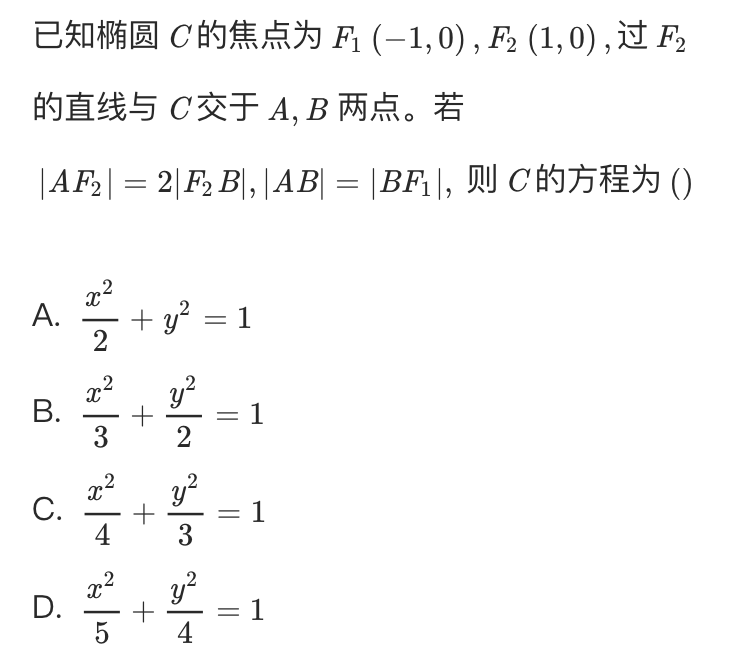
设点联立韦达
1
Ellipse:
\(\frac{x^2}{a^2}+\frac{y^2}{b^2}=1\) and \(Ax+By+C=0\)
\(\iff\)
\(\Delta=4b^2B^2a^2(a^2A^2+b^2B^2-C^2)\)
\(\Delta'=a^2A^2+b^2B^2-C^2\)
Hyperbola: \(\frac{x^2}{a^2}-\frac{y^2}{b^2}=1\iff\frac{x^2}{a^2}+\frac{y^2}{(b i)^2}=1\) so \(\Delta'=C^2+b^2B^2-a^2A^2\)
NCEE

2
\(\alpha x^2+\beta y^2=\gamma\) and \(Ax^2+By+C=0\) \(\iff\) \((\alpha B^2+\beta A^2)x^2+2CA\beta x+\beta C^2-\gamma B^2\)
Ellipse: \(l=\frac{2\sqrt{a^2b^2(A^2+B^2)\Delta'}}{a^2A^2+b^2B^2}\)
Hyperbola: \(l=\frac{2\sqrt{a^2b^2(A^2+B^2)\Delta'}}{\left\lvert a^2A^2+b^2(Bi)^2 \right\rvert}=\frac{2\sqrt{a^2b^2(A^2+B^2)\Delta'}}{\left\lvert a^2A^2-b^2B^2 \right\rvert}\)